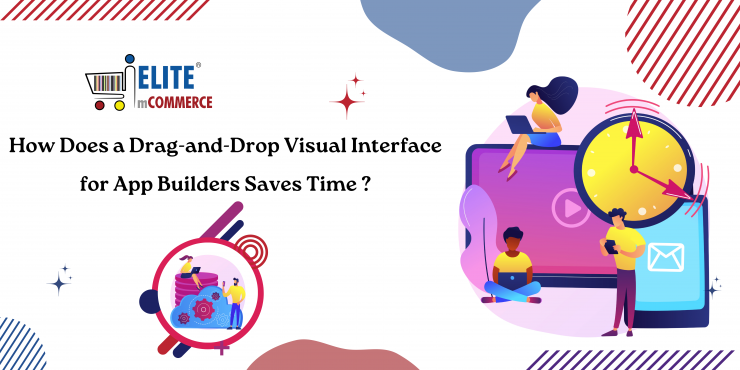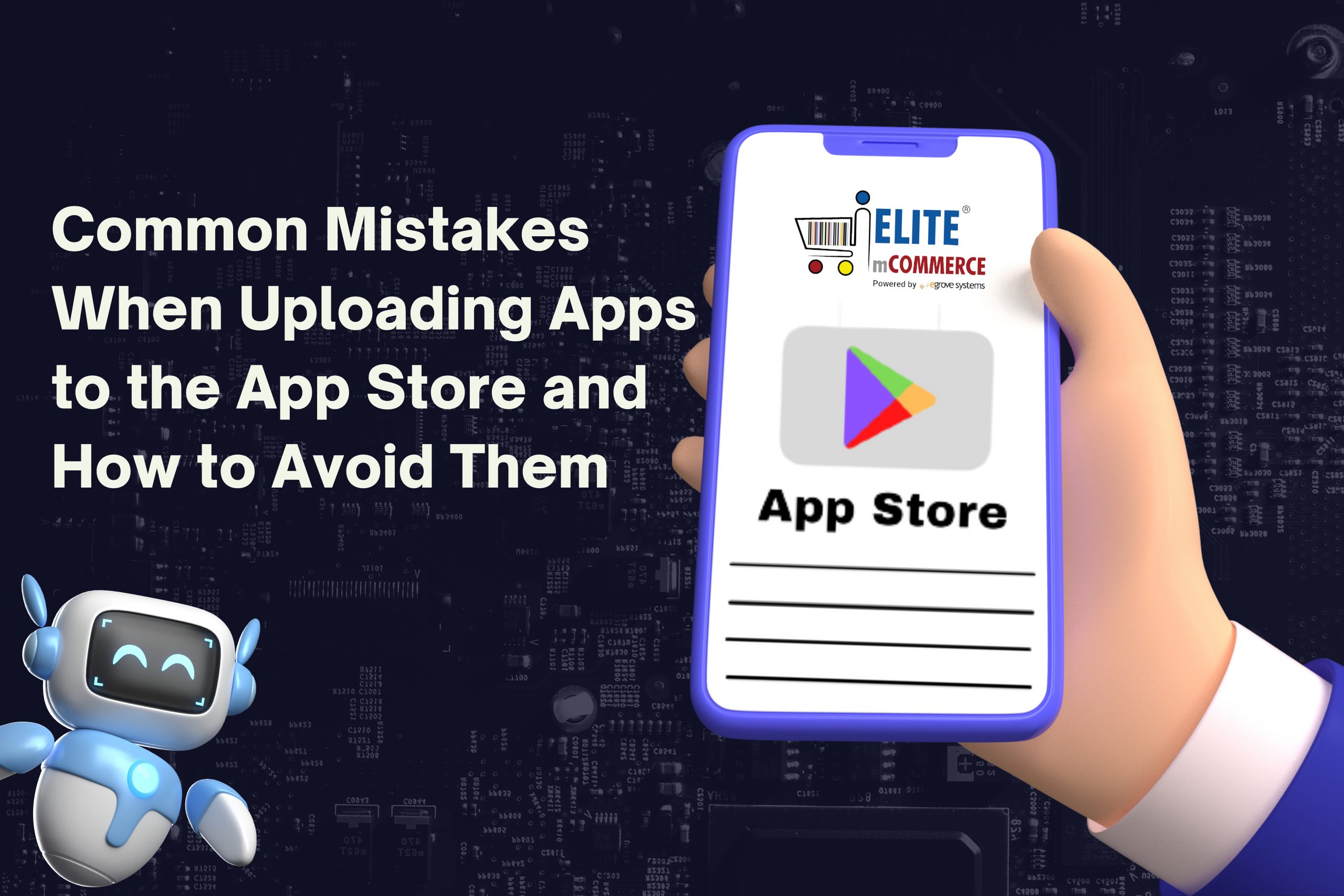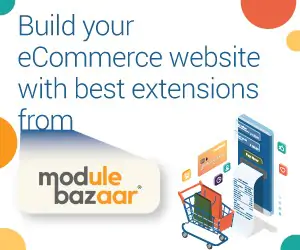How Does a Drag-and-Drop Visual Interface for App Builders Save Time?
A few years earlier, building a mobile application would have required a lot of investment, time, resources, and expertise. In fact, it was pretty much impossible for small and young startups to dabble in mobile app development. But things have changed since then, and in today’s day and age, with the rise of low-code drag-and-drop builders, such builders enable brands and business owners to envision and devise internal tools or custom apps exactly the way they want, thereby reducing the massive need for money and IT resources common in traditional mobile app building.
However, having said that, it is essential to note that low-code drag-and-drop app builders have relevance for professional developers as well. Such tools provide them the freedom to code and focus on delivering the most user-friendly and intuitive interface, but at a superfast pace.
In this post, we will delve into the A to Z of drag-and-drop mobile app builders and see how they help you save time. So, without further ado, let’s begin!
What is a drag-and-drop app builder?
In a layperson’s language, drag-and-drop app builders can be defined as a new type of application builder that enables you (brands or businesses) to create mobile applications very quickly and seamlessly by simply dragging and dropping various components. Once the project is created, you can add features and customize the application as you deem fit.
Drag-and-drop app builders are excellent products, as they allow laypeople and amateurs who know nothing about code to create their own apps. Most of these platforms have features akin to design, such as visual drag-and-drop tools. However, there are two pertinent considerations about these app builders:
- Drag-and-drop app builders are meant for those who want to create a very simple app without any complexity, difficulty, or challenge.
- Most drag-and-drop app builders are still in their embryonic stages. In due course, we can expect these no-code app builders to be inundated with advanced features. But until then, we have to make do with the basics.
Working Mechanisms and Types of Builders
These builders use pre-existing frameworks and widgets.
You can leverage them to place features, images, and other elements anywhere you want on an empty layout. Likewise, you should remember that there are an array of drag-and-drop app builders on the market, each catering to different needs and preferences.
Popular versions include:
- Basic drag-and-drop builders
These app builders are great for novices or anyone searching for a quick, easy, and clear app development path. Use such programs to construct a user-friendly interface with minimal design templates and little personalization.
- Advanced drag-and-drop builders
A powerful drag-and-drop builder is great for app functionality and design customization. Some of these systems allow customization and added functionality.
- Unique to the industry Builders
Finally, some app builders target specific industries. App builders cater to eateries, fitness professionals, eCommerce companies, etc.
Your budget, technical skills, and other needs will determine which app builder you use.
How do app builders save time?
Your brand may save time using these app builders. These builders shorten mobile app development and deployment time by 50–90%, according to research. This reduces mobile app development and release times.
vPopular versions include:
- Basic drag-and-drop builders
These app builders are great for novices or anyone searching for a quick, easy, and clear app development path. Use such programs to construct a user-friendly interface with minimal design templates and little personalization.
- Advanced Drag-and-drop Builders
A powerful drag-and-drop builder is great for app functionality and design customization. Some of these systems allow customization and added functionality.
- Unique to the industry Builders
Finally, some drag-and-drop app builders target specific industries. App builders cater to eateries, fitness professionals, eCommerce companies, etc.
Your budget, technical skills, and other needs will determine which drag-and-drop app builder you use.
How do drag-and-drop app builders save time?
Your brand may save time using drag-and-drop app builders. Drag-and-drop app builders shorten mobile app development and deployment time by 50–90%, according to research. This reduces mobile app development and release times.
Expedited development and the consequent time savings are especially beneficial when you are prototyping, as you can test and make changes on a whim without having to wait for professional coders and expert developers to show up and take the lead. Prototyping with a drag-and-drop app builder lets you avoid wasting time and resources on a feature you’re unsure about, whether you’re designing an inventory management app or an admin panel.
Now that we know how a drag-and-drop visual interface for app builders saves time, let us check out their other benefits.
The Top Benefits of Drag-and-Drop App Builders for Businesses:
- No Technical Competence is Necessary
With a drag-and-drop app builder, you do not need any technical skills or coding competency to create an app. As such platforms are visual-oriented and leverage no-code tools, you can simply get the help of your internal team to create a good-quality mobile application.
In fact, the simple and easy-to-use arrangement of drag-and-drop app builders democratizes the app-building process by making it accessible to citizen developers. So, whether you are an internal business user, subject matter expert, or citizen developer, a good drag-and-drop app builder dramatically reduces the learning curve.
- Intuitive User Experience
The intuitive and innovative interface of drag-and-drop app builders lets everyone, including amateurs and professionals, build premium and phenomenal-quality mobile apps for business and drive maximum return on investment.
- Pre-built UI Controls
Drag-and-drop app builders offer an array of pre-built UI elements, such as forms, tables, lists, map views, buttons, etc., on the screen. Thus, these builders vehemently minimize the time it takes to build mobile apps by replacing the repetition of lines of code with ready-to-use building blocks.
- Super-fast App Development
Of course, the fourth and very fruitful benefit of drag-and-drop app builders is that you can create a good-quality eCommerce mobile application in a very short time span. If you are developing the app rather than coding it yourself, you are simply utilizing the in-built and easy-to-use mechanisms of the drag-and-drop app builder. Thus, the time it takes to create a mobile app reduces from several months to a few days.
- Create an Intelligent Workflow.
You can build and personalize an intensely complex workflow with drag-and-drop interfaces. Building pre-configured workflows, including audits, inspections, and maintenance process solutions that could be leveraged in a mission-critical setting, is also possible.
- Actionable Insights to Optimize Operations and ROI
Drag-and-drop dashboard platforms enable your business to automate the process of sharing reports with different stakeholders and share data in a graphical format. Thus, you save a lot of time on manual reporting.
Now that we know about the top 6 benefits of a drag-and-drop visual interface for app builders, let us understand how you can choose the drag-and-drop builder that is best for you.
How do you choose the best drag-and-drop app builder?
Personalizations
Assess your mobile app’s customization needs. Some builders provide modest modifications, while others offer full program flexibility. Assess your brand’s needs and choose accordingly.
- Easy Usability
Your drag-and-drop builder should have an easy-to-use UI and navigation. Usability helps people attain goals more effectively, efficiently, and satisfactorily, according to a recent study. Find app builders with a large library of pre-designed templates.
Pricing
Pricing is a major factor when choosing a drag-and-drop app builder. Assess your budget and compare app builder pricing plans. Certain app builders provide free plans with limited features, while others charge a subscription or one-time fee for greater features. So pick wisely.
Features, Integrations
Check the app builder’s features and integrations. Check for app builders that at least provide essential features like database integration, push notifications, analytics, etc. Moreover, do not forget to check if the drag-and-drop ann builder supports integrations with relevant third-party services.
- Support and Documentation
Last, but not least, check whether the app builder offers reliable and trustworthy customer support coupled with comprehensive documentation. It is a way to ensure that you get the desired assistance whenever you encounter problems with the app builder or have doubts and questions pertaining to the app development process.
After a brief summary of the top 5 factors to consider while choosing a drag-and-drop app builder, let us wrap up the post by checking out the differences between no-code app platforms and drag-and-drop app builders.
Drag-and-drop App Builders vs. No-Code Platforms: The Difference
No-code or zero-code app builders or platforms can be used by absolute beginners who literally have ‘zero’ knowledge of coding. Besides, these platforms can help you create incredibly visually appealing apps that are very simple to use. Likewise, no-code platforms help developers use methods that require very minuscule coding competency.
On the contrary, for drag-and-drop platforms, users need basic or rudimentary coding knowledge. But the process of building an app is equally fast, simple, and swift.
Wrapping It Up
So, there we have it: a crisp overview of the ways in which drag-and-drop visual interfaces for app builders save time. Such app builders are a fast, easy, and affordable way to create custom web applications without any programming knowledge.









Add comment